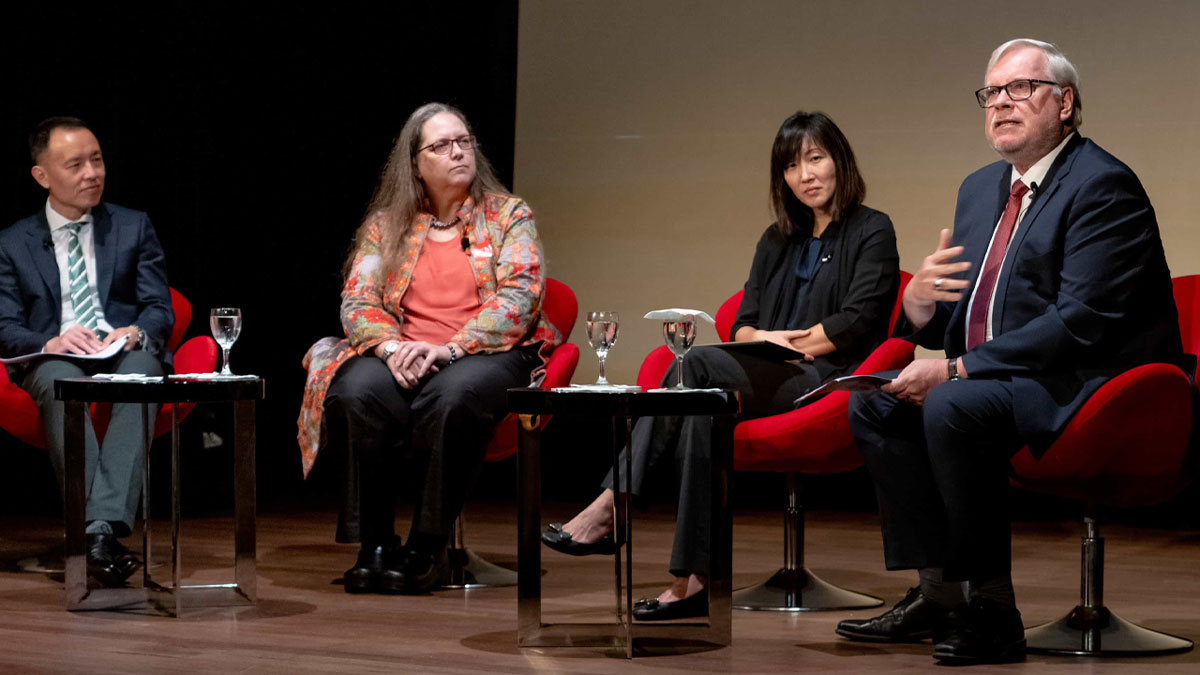Trade Connectivity: Past, Present, Future
Published 30 January 2024
As multilateral institutions built in the postwar era grapple with institutional paralysis and geopolitically-driven dysfunction, smaller economies are trying to find new ways to make trade connections. The Hinrich Foundation held a panel to discuss the new surge of minilateralism.
Watch the recap:
The Hinrich Foundation held a panel last week at Singapore’s Asian Civilisations Museum, alongside the museum’s "Manila Galleon: From Asia to the Americas" exhibition, on how smaller economies are trying to find new trade connections to wriggle out of multilateral morass.
The panelists were Serena Liau, deputy director for green economy agreements at Singapore’s Ministry of Trade and Industry; Stephen, Jacobi, executive director of the New Zealand International Business Council; and Deborah Elms, Head of Trade Policy at the Hinrich Foundation. They discussed how various groups of countries are finding ways to forge greater trade and cross-border connectivity – bilaterally, trilaterally, or plurilaterally – with a focus on specific issues and shared interests in an age of Great Power geopolitical rivalry.
Moderated by Hinrich Foundation research director Chuin Wei Yap, the panelists spoke on how businesses often keep a pragmatic outlook in the search for alternatives from the sclerosis of multilateralism, taking a leaf from the Manila-Acapulco Galleons that rode new tradewinds in the 16th century to expand international commerce.
They discussed efforts in New Zealand and Singapore to find new means to transcend traditional trade frameworks, such as via New Zealand’s "Southern Link", a trade connectivity corridor aimed at binding Asia and Oceania closer to Latin America, as well as Singapore’s drive to seal more international agreements focused on the green economy, meaning government-to-government agreements to govern green trade and carbon flows.
The Hinrich Foundation is co-sponsor of the Asian Civilisations Museum’s Manila Galleon exhibition which runs through 17 March 2024.
© The Hinrich Foundation. See our website Terms and conditions for our copyright and reprint policy. All statements of fact and the views, conclusions and recommendations expressed in this publication are the sole responsibility of the author(s).



